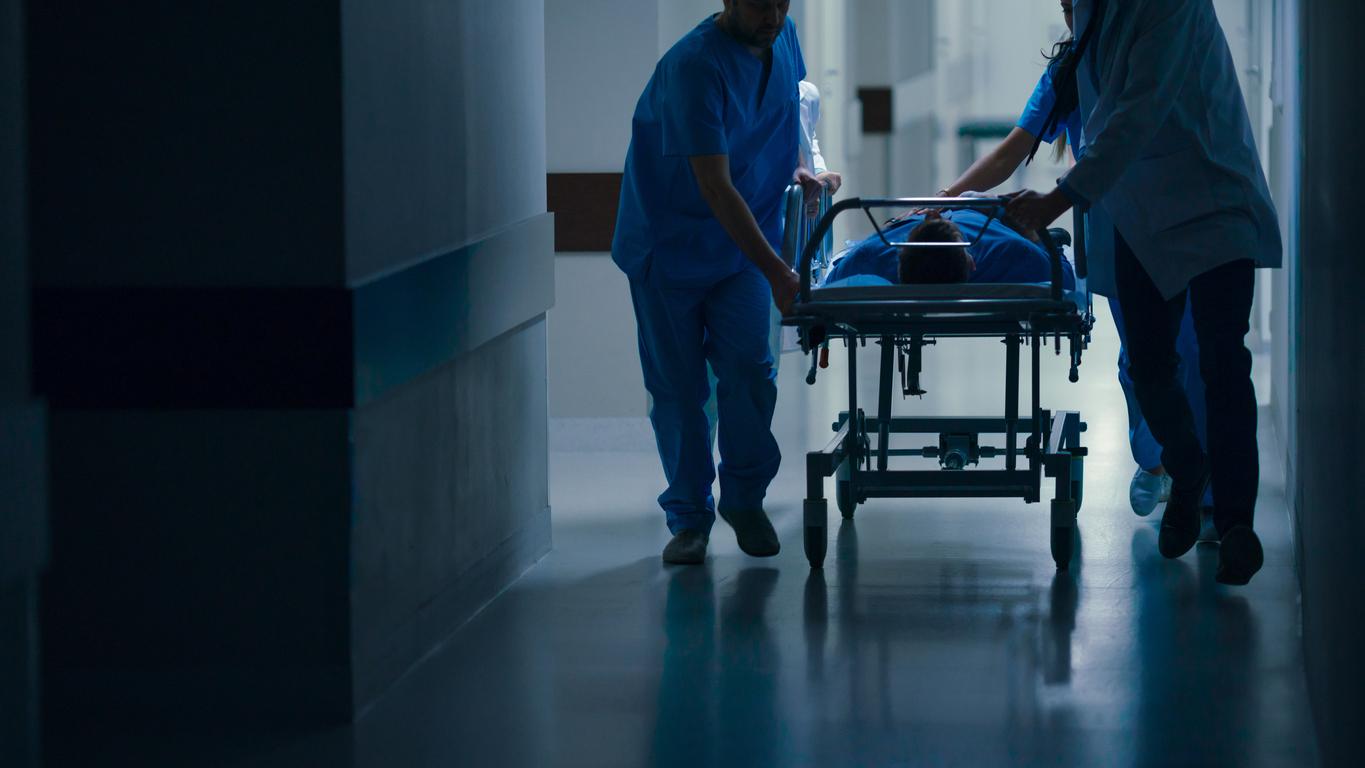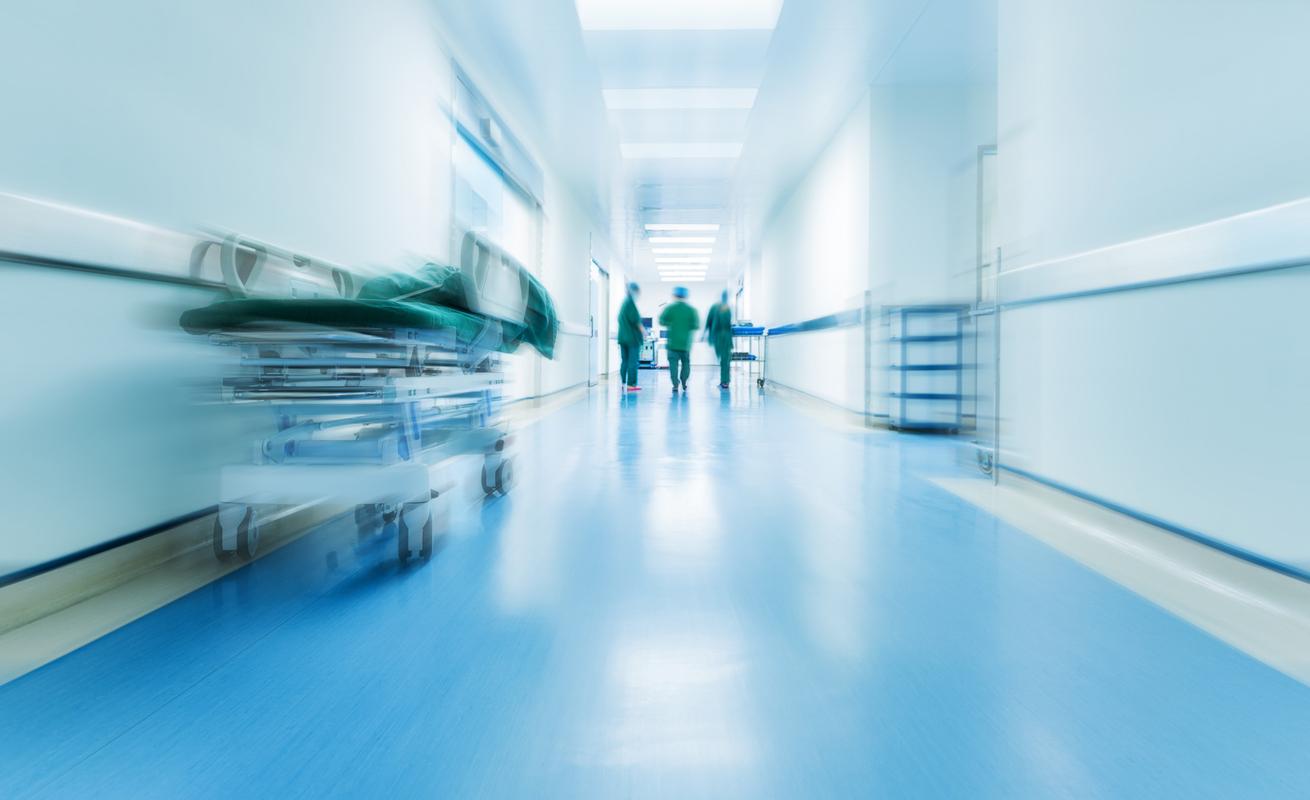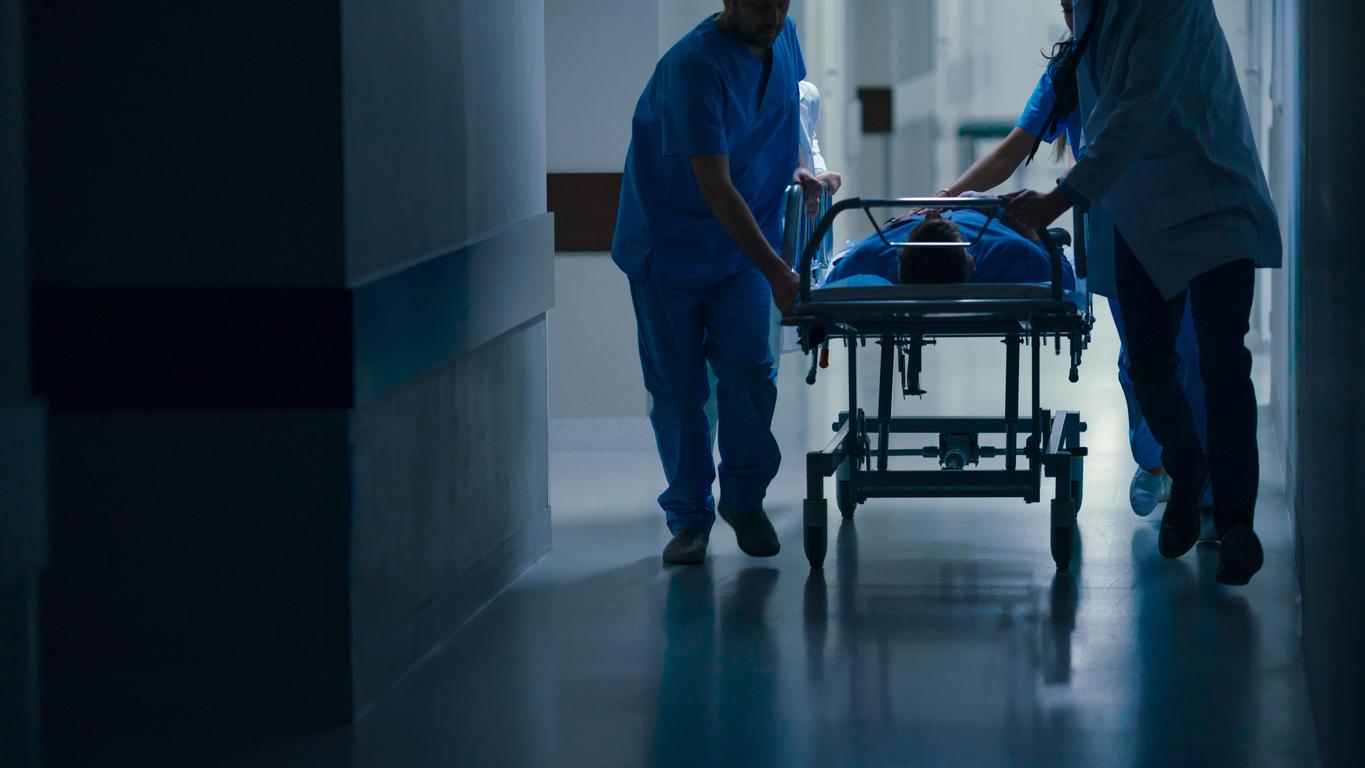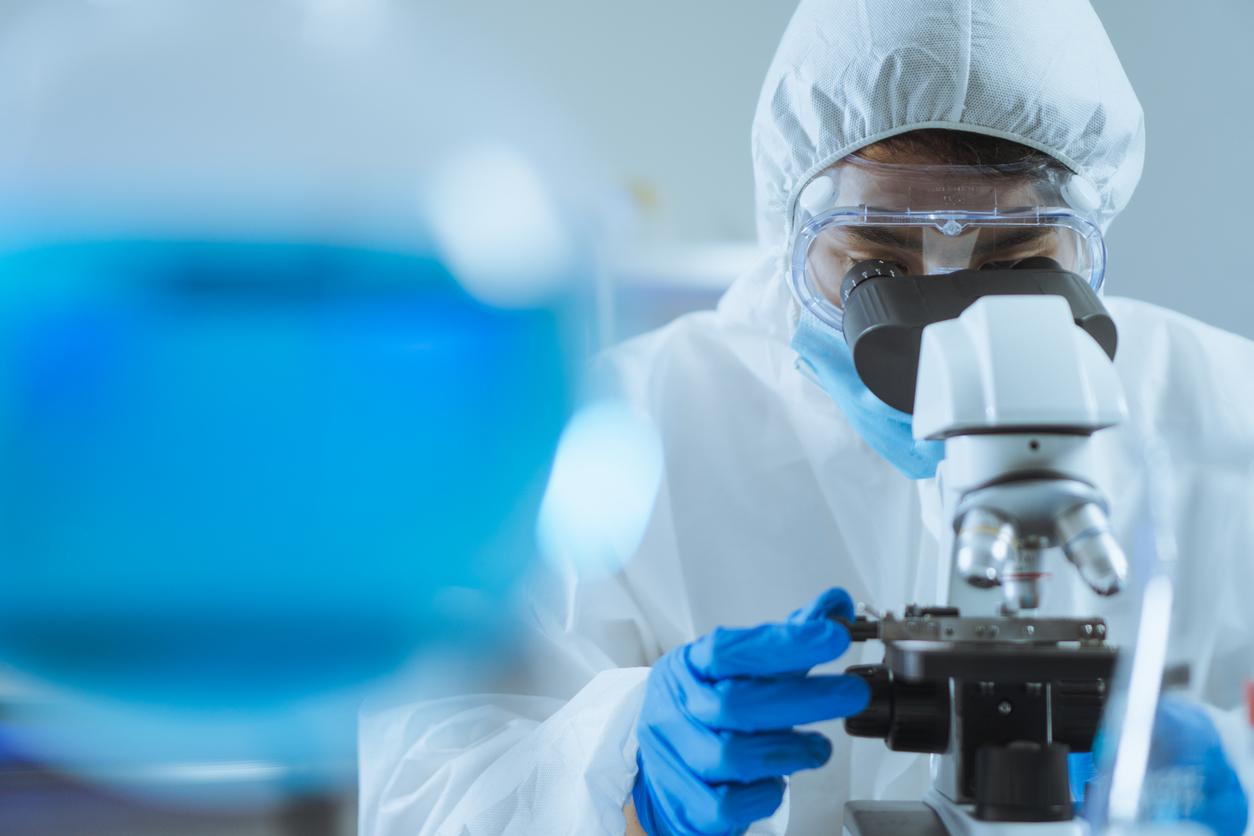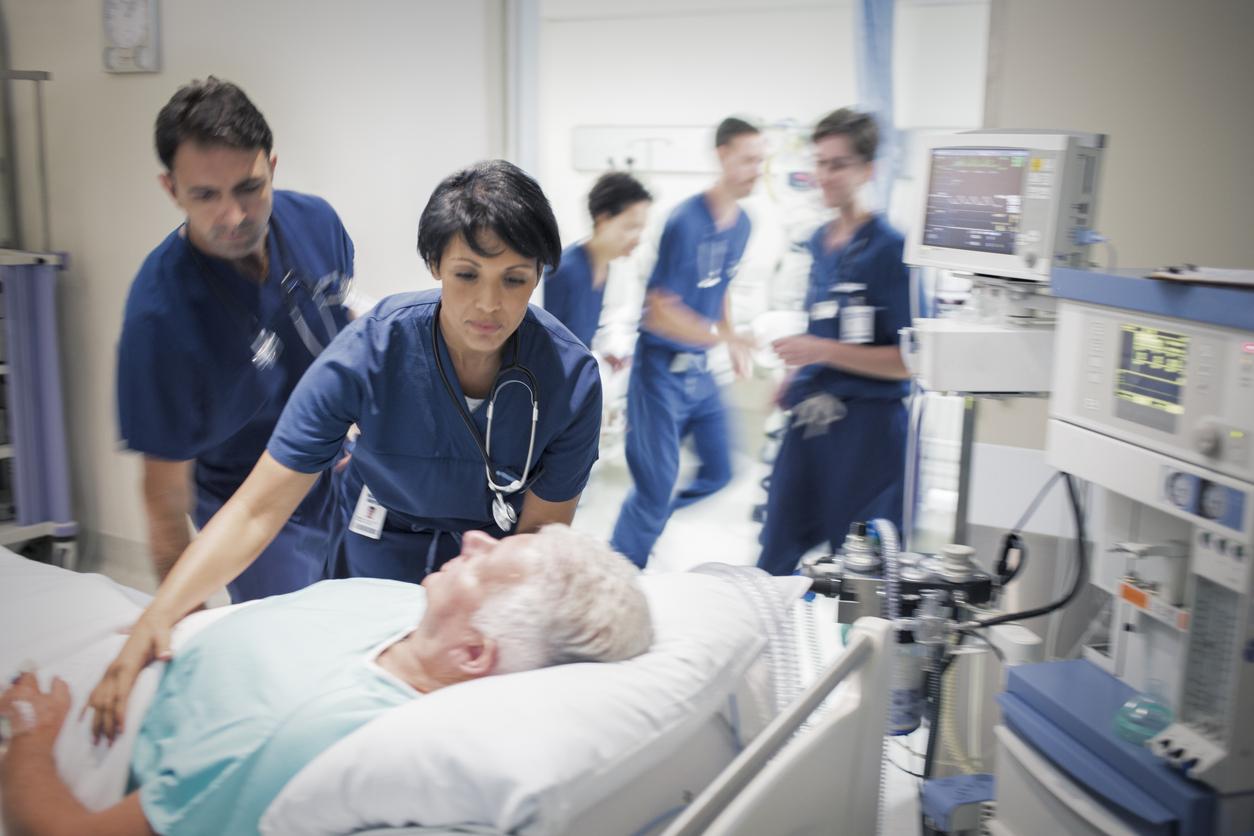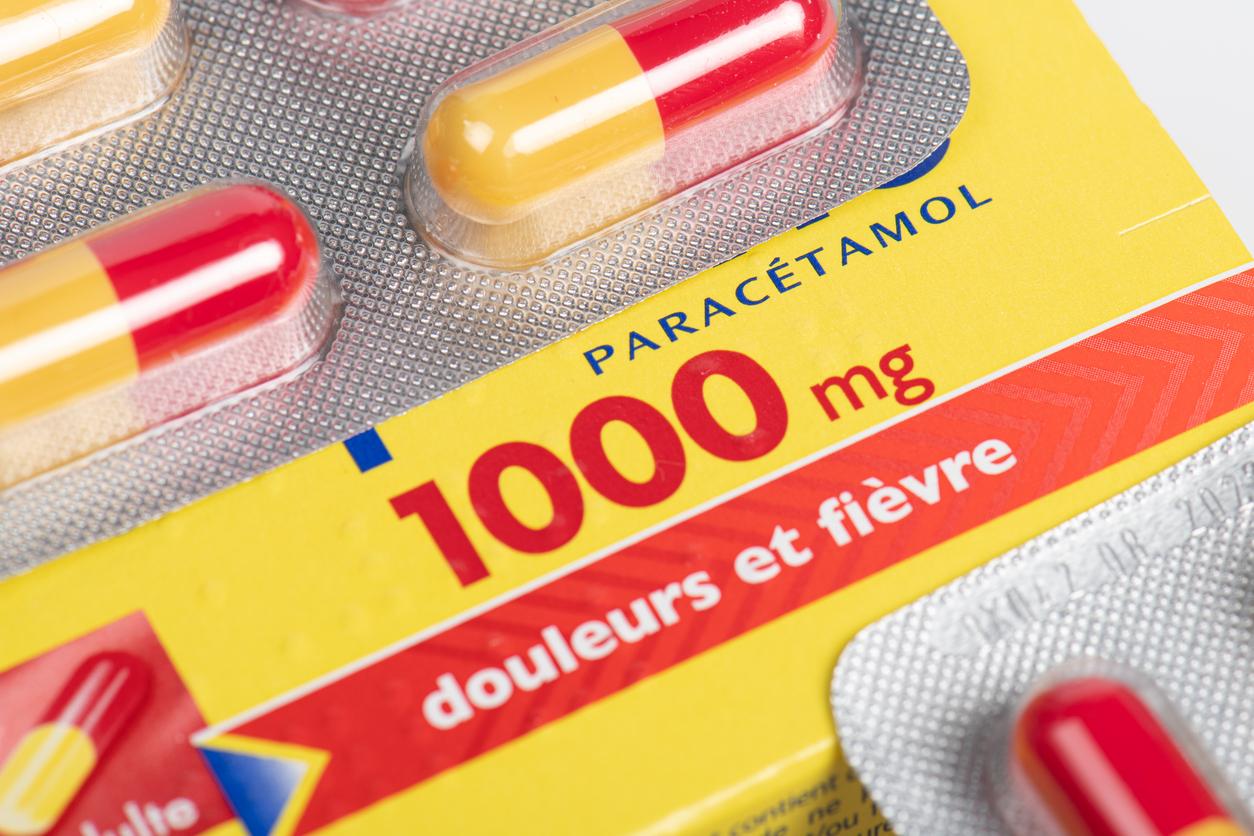Faced with chronic pain and rebellious to treatment, anesthesiologists and pain physicians were the first to take an interest in non-drug methods and to receive training. In particular to relieve certain fibromyalgia (diffuse muscle pain) and postoperative neuropathic pain. But to study them and put them into practice, sufficient budgets are also needed, sometimes provided by private organizations.
Thus, the Apicil Foundation finances the initiatives of medical teams, researchers and associations developing new approaches to pain. Here are four examples of strategies supported by this foundation.
Pediatrics: an imaginary game to distract children
At Villefranche-sur-Saône (Rhône) hospital, teams have been trained in hypnosis conversational, used during bites or painful gestures, or before anesthesia in the operating room. We talk to the child throughout the care using positive words and we divert his attention by having him play football and score goals, decorate a Christmas tree, or participate in a birthday party where he eats cakes, have fun with their friends … Very receptive to this type of suggestion, children can more easily fix their attention on the present moment and their imagination is richer than that of adults. They cry less and fear care less, so they suffer less and are calmer after the procedure. Thus, the atmosphere of the service is much more relaxed.
Emergencies: words and gestures that reassure
To emergencies, before traumatic care, “anxious anticipation” increases pain. If the doctors, nurses, stretcher bearers and secretaries adopt reassuring words and gestures, with calming intonation and attitude, the atmosphere changes and patients are more serene. They learn to say: “Rest assured, everything will be fine “, rather than:”Do not be afraid”, because it is the word “fear” that we retain. “Informing, reassuring, saying what we are going to do, helps a lot, insists Dr Pierre Basset, coordinator of the Pain and Palliative Care Federation at Chambéry hospital. The way in which we present the techniques contributes a lot to their effectiveness: when we inject morphine for pain, we must explain how it will act, in how long … “
Chronic pain: the touch-massage comforts
The patients followed at the Pain Center of the Chambéry hospital suffer from pain resistant to treatment: migraines, chronic low back pain, osteoarthritis, neuropathic pain … “They sometimes reach a point where their body is nothing but pain. Thanks to a personalized and benevolent touch, they can once again experience pleasant sensations and reclaim their body, express their feelings and memories, release their emotions. “, says Patricia Triolo, pain resource nurse. Touch is sometimes accompanied by visualization exercises: if the patient feels the pain as a hard lump, for example, the therapist may suggest that he soften it up to gradually transform it into a cotton ball.… The sessions last about twenty minutes, every two weeks.
Resuscitation: hypnosis keeps anxiety away
At the Saint-Joseph Saint-Luc Hospital Center in Lyon, hypnosis is used during delicate gestures (installation of drains, colonoscopy, lumbar puncture…), combined with analgesia, and to help patients accept the ventilator mask when needed. “I choose a theme with the person, a cruise in the West Indies, a walk in the mountains or in the forest, says Ghislaine Sciessere, health executive. I dim the light, I set up a calm atmosphere and I lead her to the place she has chosen, with its colors, its sounds, its smells, the wind, the feeling of freshness in the lungs … uses words like “gently”, “gradually” … The breathing subsides, the anxiety decreases, often the patient dozes off … ” To reduce feelings of discomfort, you can also invite him to return alone to the place that makes him feel good.
A foundation finances research Created in Lyon in 2004 by the social protection group Apicil, the Apicil Foundation finances some 70 pain relief projects per year throughout France. It supports research and innovative practices: acupuncture in palliative care, magnetic stimulation …
Apicil Foundation, 21, place Bellecour, 69002 Lyon
Thanks to the experts: Dr Pierre Basset, coordinator of the Pain and Palliative Care Federation at Chambéry hospital and Ghislaine Sciessere, health manager at Saint-Joseph Saint-Luc hospital in Lyon.
Read also :
Hospital: one patient in 10 victims of adverse events
Alternative medicine also used in hospitals









